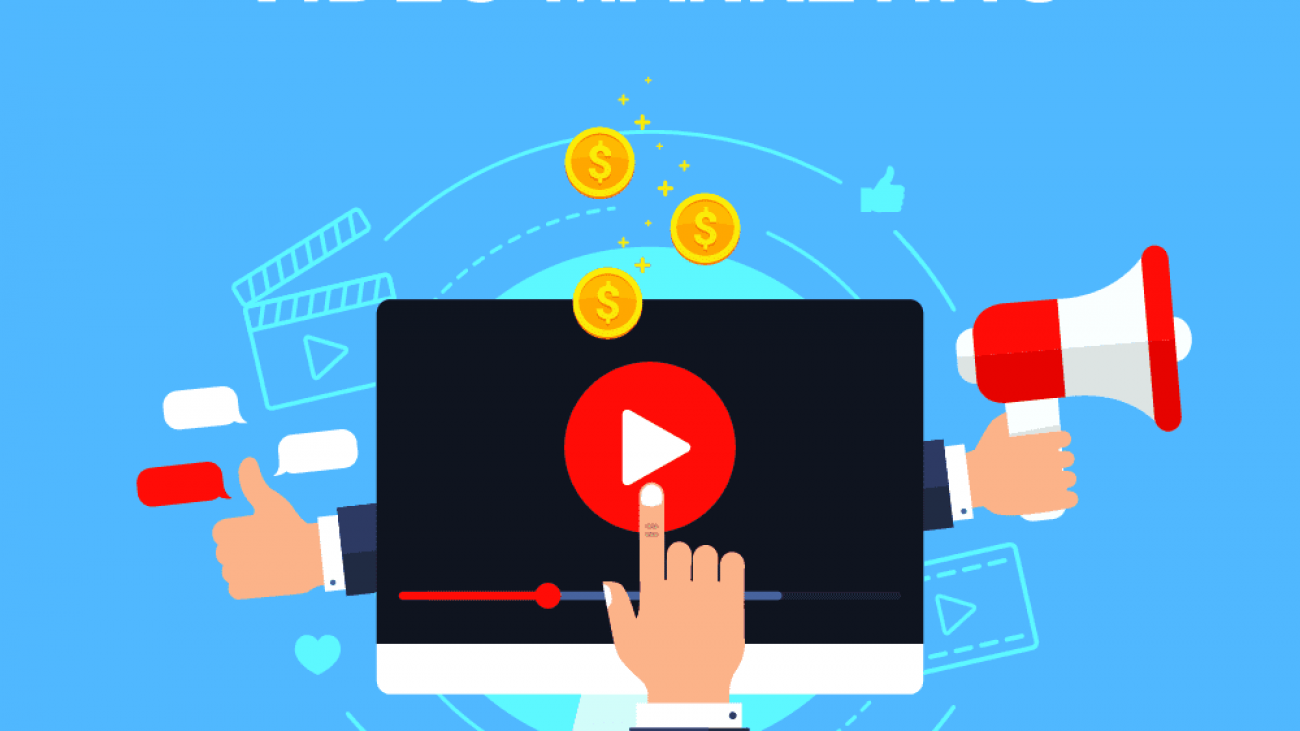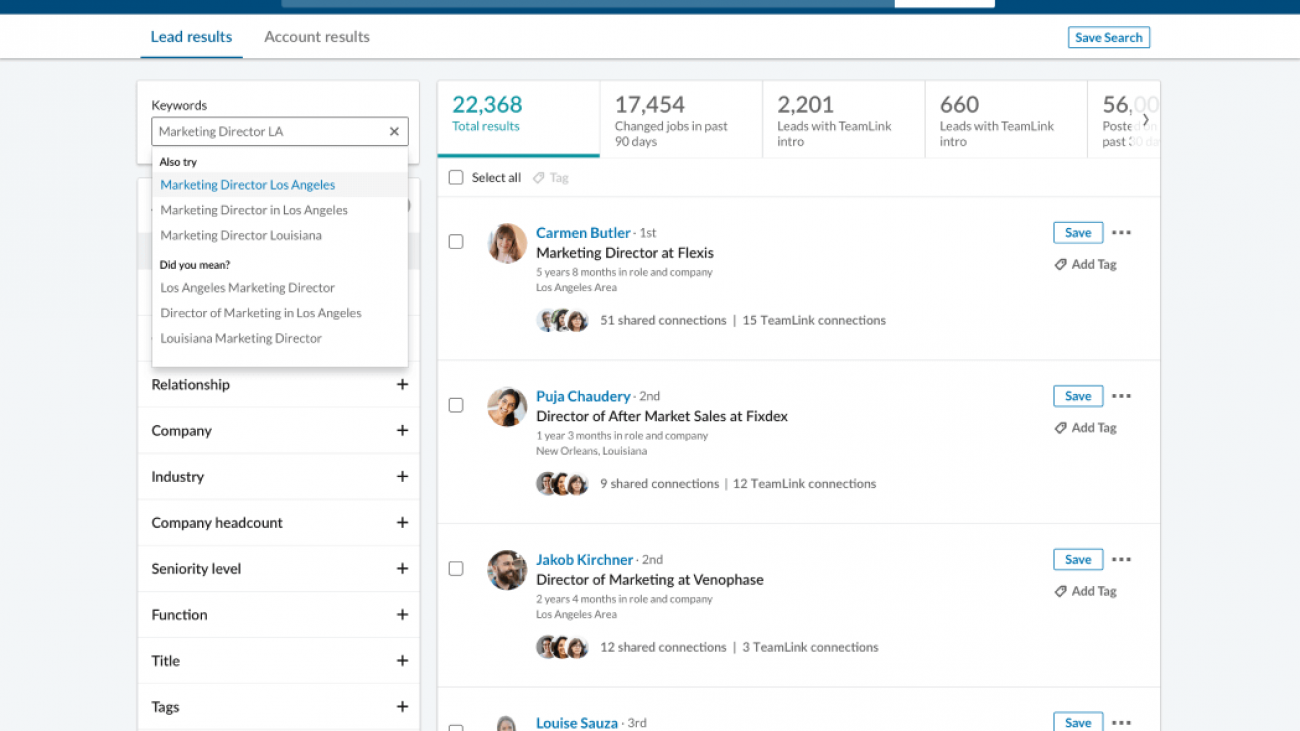Paid digital marketing strategies offer great returns to companies, which makes them increasingly popular and receives permanent investment from many companies. Among the most advantageous options are Google AdWords and Facebook Ads, and many companies question which of these alternatives is the best. Let’s take a look at both options.
What is Google AdWords?
Google AdWords allows the display of ads on Google based on keywords according to the search performed by the user. Through the tool, it is possible to reach an audience more interested in the product or service offered and at a more advanced stage in the sales funnel. In addition to the search network, Google AdWords involves remarketing and the display network for advertising on Google AdSense partner sites.
What are the advantages of Google AdWords?
Google AdWords offers excellent conversion levels due to the user being more interested in making the purchase when searching for the product on Google. This strategy also allows for better tracking of conversion metrics and return on investment, which adopts sponsored links by many companies. Another benefit is that sponsored ads are only charged when clicked, which generates a lower cost for the campaign, which can be budgeted according to the client’s needs. Google AdWords offers features that allow you to optimize the campaign, such as keyword cost, targeting, and negative words, among others.
Among the disadvantages of Google AdWords is that ads have a lower ability to convert customers who are not yet interested in completing the purchase, reducing its benefits when the strategy is lead qualification.
What are Facebook Ads?
In addition to the search engine ad options, the growth of social media has also encouraged the creation of its platforms for ads on these channels, such as Facebook Ads. These ads use text and images and can redirect both to the website and the company’s fan page, according to the advertiser’s objective, being displayed both on the sides of the social network and in the news feed.
What are the advantages of Facebook Ads?
Facebook Ads allow for great audience segmentation, filtering data by gender, city, state, age, relationship status, profession, personal interests, etc. Facebook is an excellent channel for customer relationships and loyalty, attracting potential followers through ads, so it is possible to qualify this user to become a customer. The long-term benefits of this alternative are highlighted.
Suppose the company desires to improve the relationship by increasing the number of page likes. In that case, it is also more appropriate for this campaign to be carried out via social media.
Among the disadvantages of Facebook is the low conversion rate, as it will target most potential customers at the top of the funnel.
Which is better: Google AdWords or Facebook Ads?
After better understanding how the two paid ad options are used, the question remains: which is best for the company? The answer will depend on the company’s goals with online operations and, therefore, requires a case-by-case analysis.
Google AdWords: Best for companies that want to increase sales quickly and expect a high return on investment in a shorter time.
Facebook Ads: aimed at companies that want to build customer relationships and improve their loyalty practices, aiming at another long-term digital strategy.









